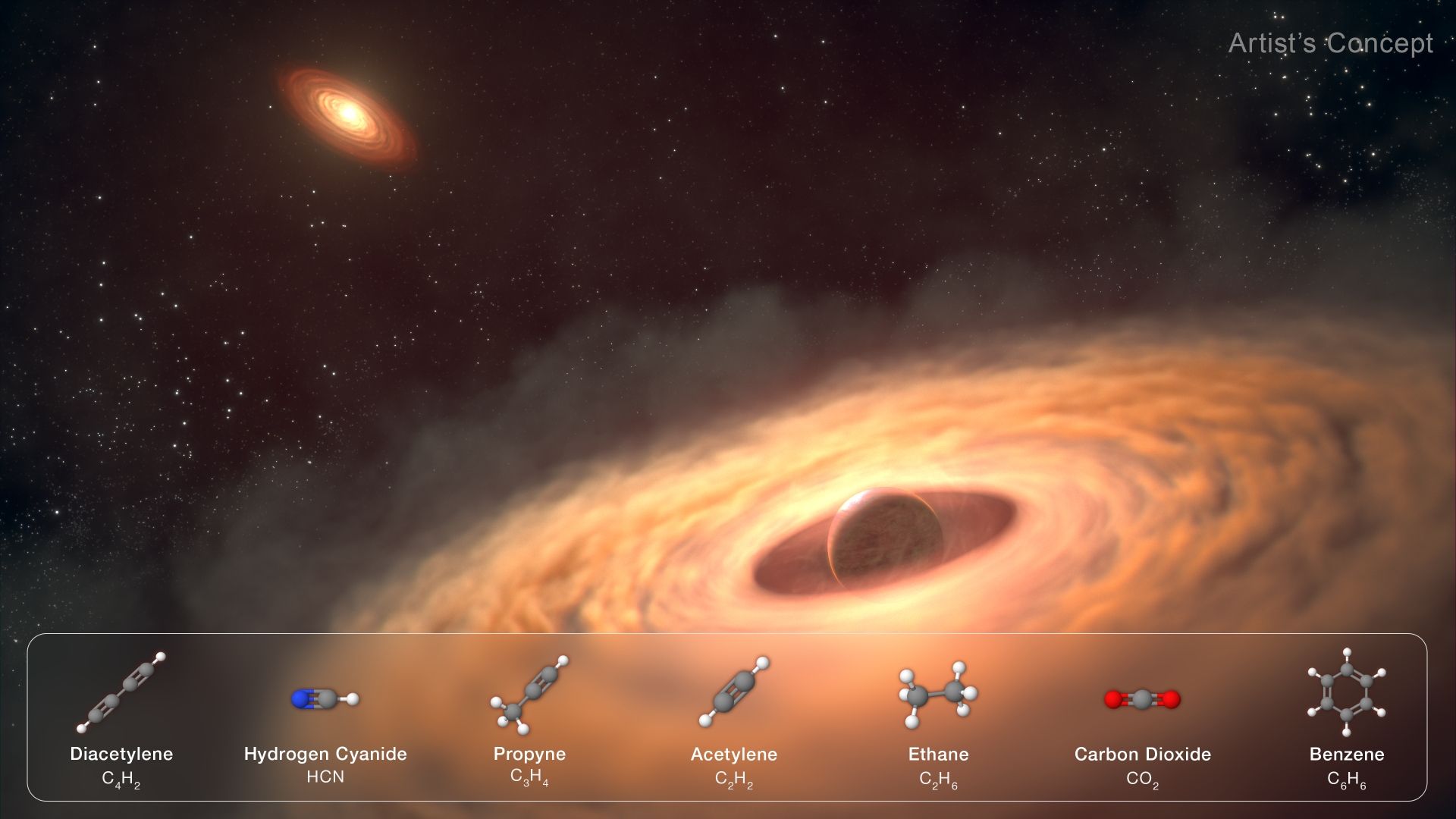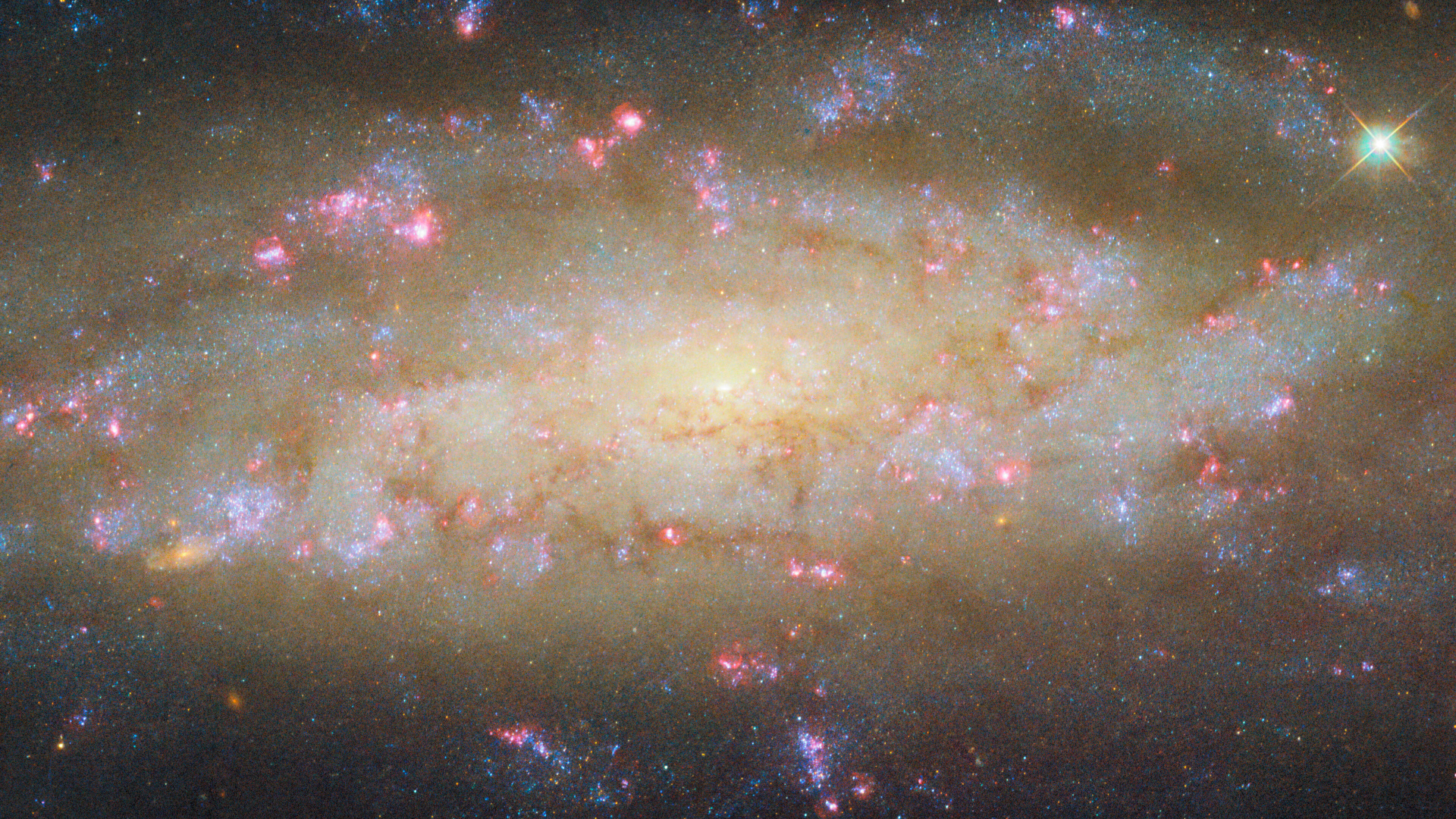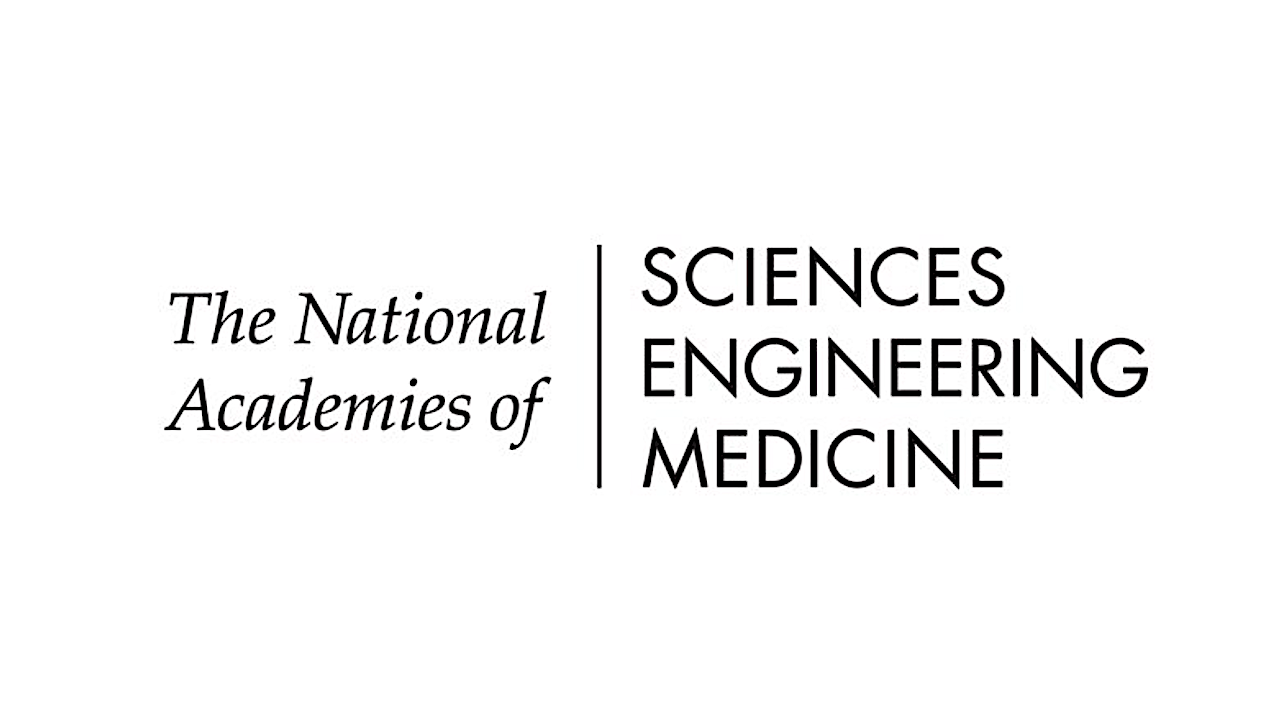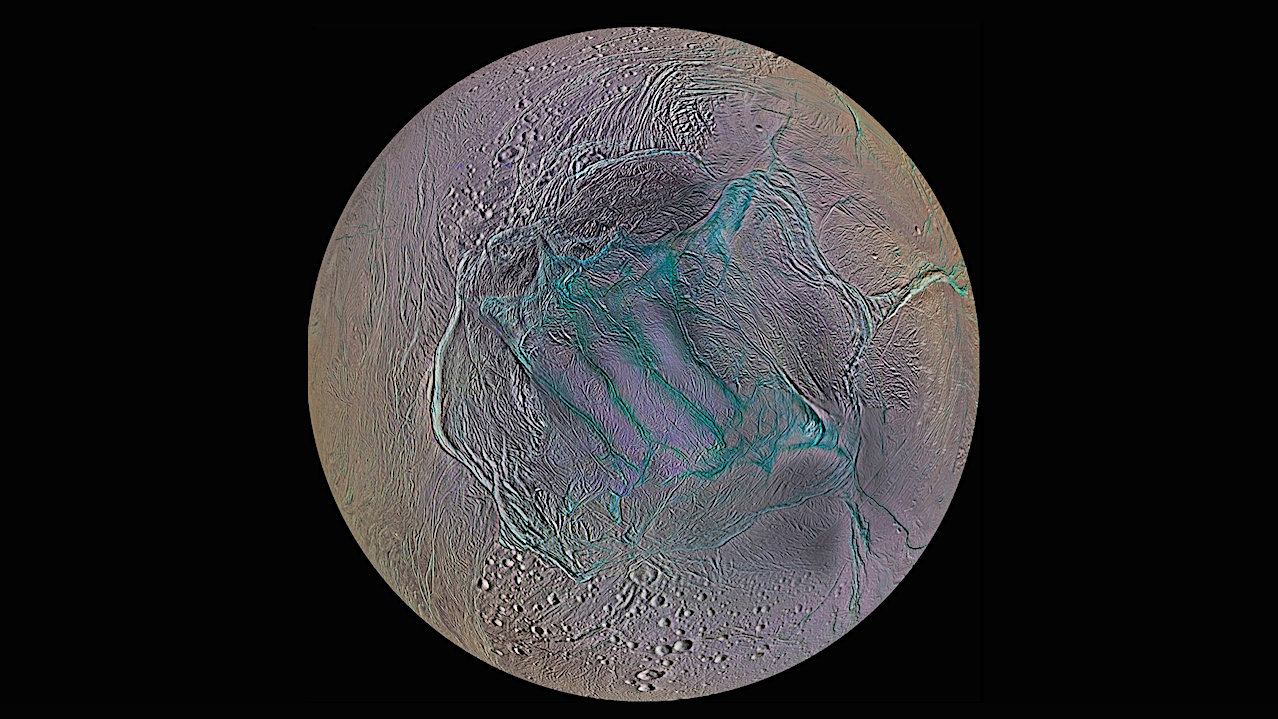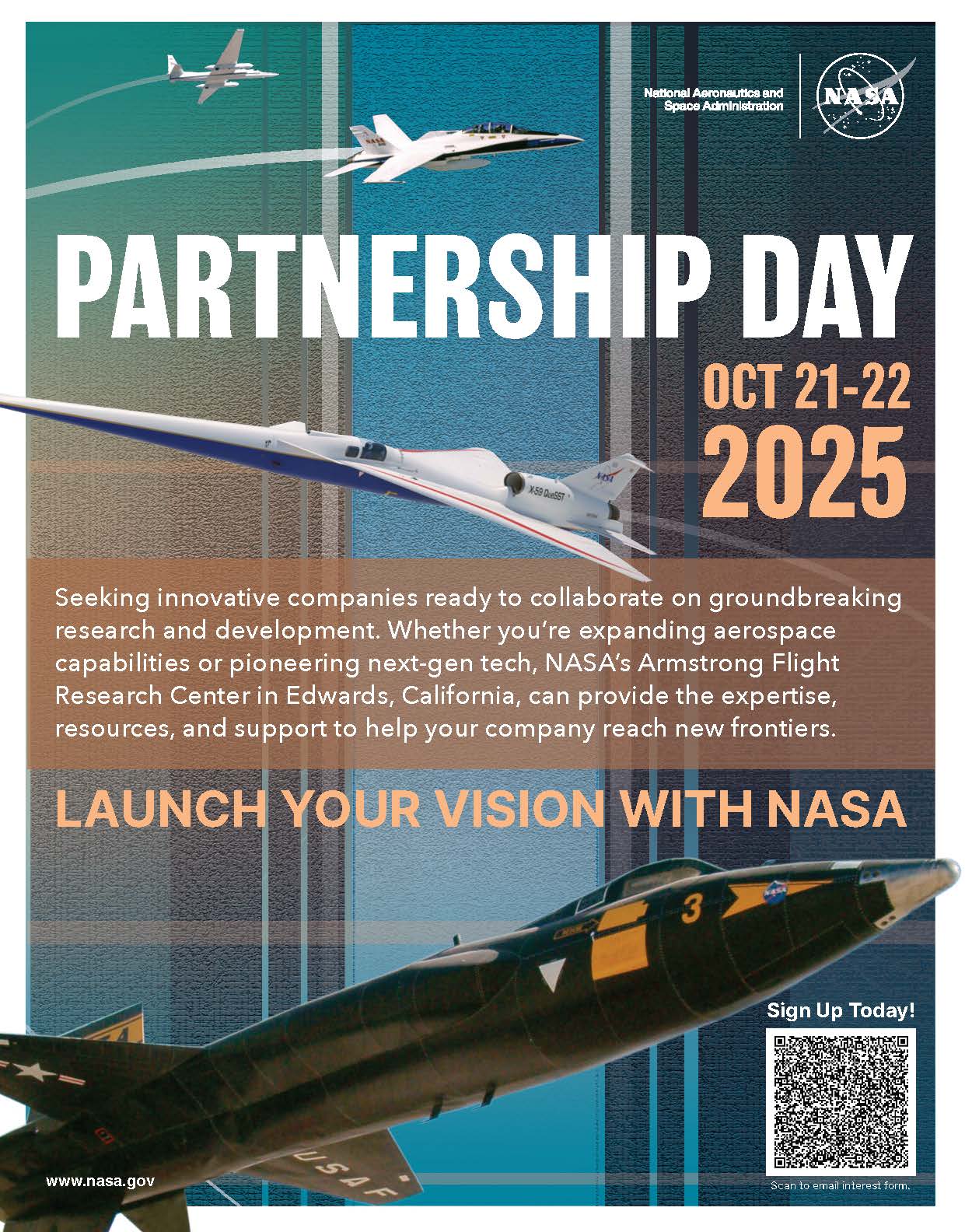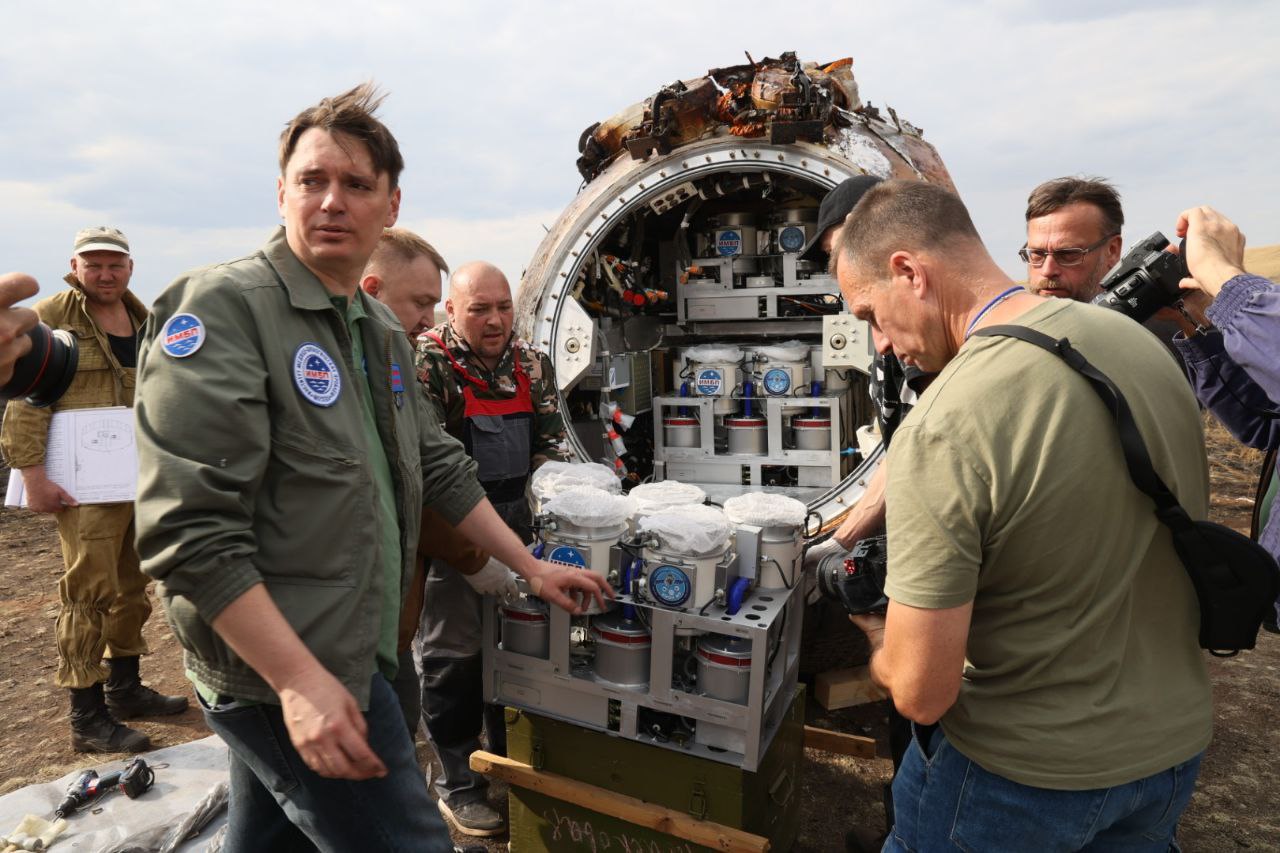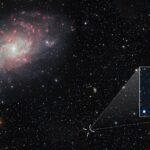The spacecraft that will carry astronauts to lunar realms for the first time in more than half a century now has a name. The four astronauts of NASA’s Artemis 2
Hot Posts673- Page
The James Webb Space Telescope has, for the first time, measured the carbon-rich concoction that forms a moon-forming disk of gas and dust around a newly formed planetary body. It
The closest technological species to us in the Milky Way galaxy could be 33,000 light years away and their civilization would have to be at least 280,000 years, and possibly
The spiral galaxy NGC 7456 may appear like other whirling star systems in our universe. But, as a new image from the Hubble Space Telescope reveals, there is far more
Keith Cowing Explorers Club Fellow, ex-NASA Space Station Payload manager/space biologist, Away Teams, Journalist, Lapsed climber, Synaesthete, Na’Vi-Jedi-Freman-Buddhist-mix, ASL, Devon Island and Everest Base Camp veteran, (he/him) 🖖🏻 Follow on
AUCKLAND, New Zealand — Stoke Space, a company developing a fully reusable launch vehicle, has raised $510 million to fund operations through its first launches, bringing its total capital raised
Enhanced view of Enceladus’ South pole region showing the locations of organic-rich geysers in blue Saturn’s moon Enceladus is an exciting destination for future exploration missions due to
1 min read Preparations for Next Moonwalk Simulations Underway (and Underwater) NASA Graphics NASA’s Armstrong Flight Research Center in Edwards, California, invites innovative companies, government agencies, and organizations to attend
Here we fly through Gaia’s new 3D map of stellar nurseries. This new map includes 3D-views of the Gum Nebula, the North American Nebula, the California Nebula, and the Orion-Eridanus
They came from outer space: 75 mice, over 1,500 flies, cell cultures, microorganisms, plant seeds and more. A Russian biological research satellite toting more than 30 experiments landed on Sept.
-
 012024 in Review: Highlights from NASA in Silicon Valley
012024 in Review: Highlights from NASA in Silicon Valley -
 02Panasonic Leica Summilux DG 15mm f/1.7 ASPH review
02Panasonic Leica Summilux DG 15mm f/1.7 ASPH review -
 03How New NASA, India Earth Satellite NISAR Will See Earth
03How New NASA, India Earth Satellite NISAR Will See Earth -
 04And Thus Begins A New Year For Life On Earth
04And Thus Begins A New Year For Life On Earth -
 05Astronomy Activation Ambassadors: A New Era
05Astronomy Activation Ambassadors: A New Era -
06SpaceX launch surge helps set new global launch record in 2024
-
 07Space Force plans new ‘Futures Command’ amid pressure to speed up modernization
07Space Force plans new ‘Futures Command’ amid pressure to speed up modernization



